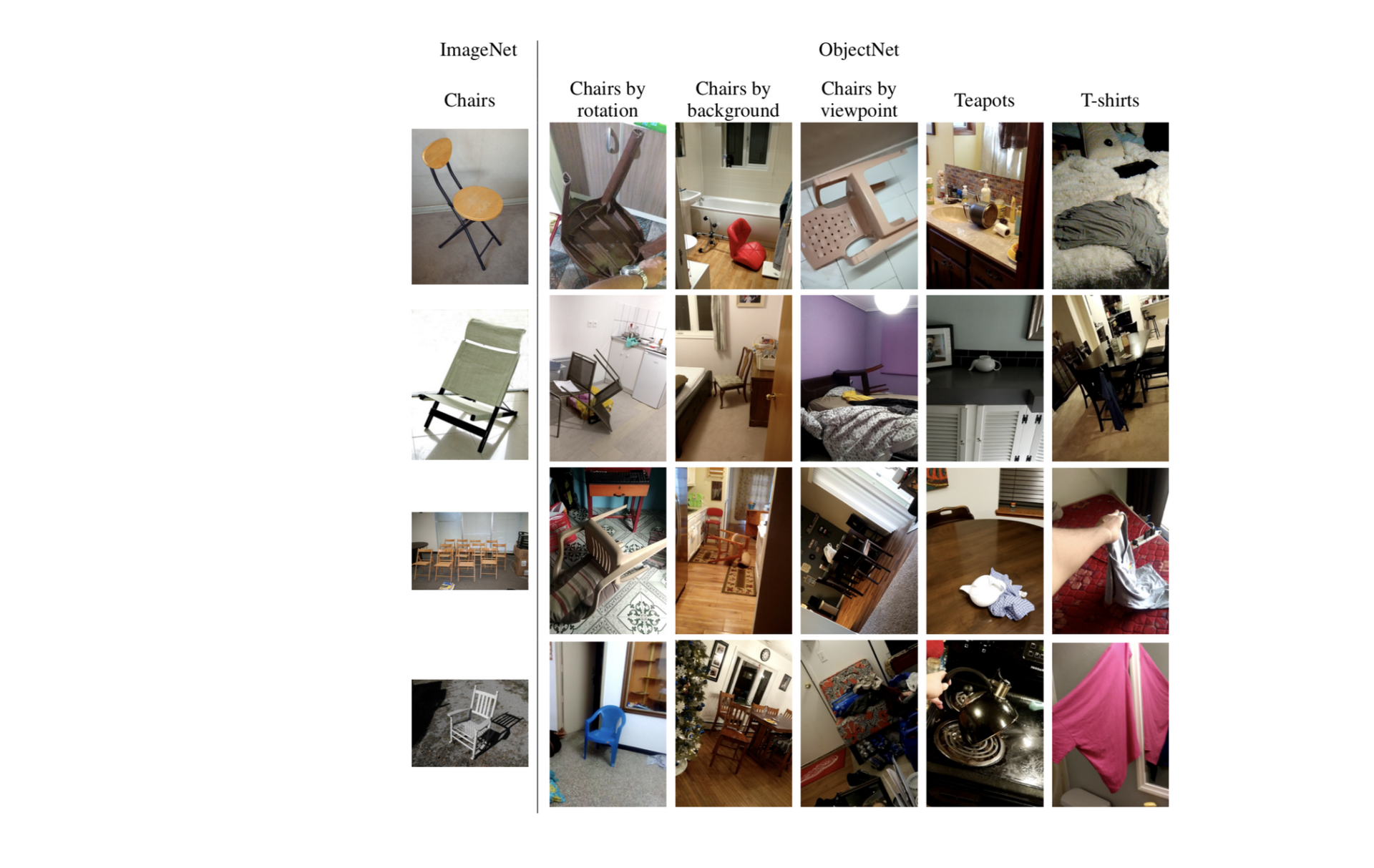ObjectNet: A bias-controlled dataset object recognition
Boris Katz
Principal Research Scientist, Computer Science and Artificial Intelligence Laboratory

Who they work with
Boris Katz is a principal research scientist at MIT’s Computer Science and Artificial Intelligence Laboratory, where he heads the InfoLab Group. He is also a member of the Center for Brains, Minds, and Machines, where he serves as a co-leader of the Visual Intelligence Thrust and a co-coordinator for Technology and Knowledge Transfer. His research interests include natural language understanding and generation, multimodal information access, knowledge representation, human computer interaction, and event recognition. He has published more than 100 research papers and filed seven U.S. patents.
Katz is founder of the START information access system and inventor of a patented method of natural language annotations which facilitates access to multimedia information in response to questions expressed in everyday language. As a member of the Open Advancement of Question Answering consortium, Katz contributed several ideas incorporated by IBM into its Watson system, which defeated the all-time human champions at Jeopardy! in 2011. Technology created in Katz’s InfoLab Group helped inspire the development of Apple’s personal assistant, Siri.
Selected Publications
-
Mayo, D., Cummings, J., Lin, X., Gutfreund, D., Katz, B., Barbu, A. (2023) How hard are computer vision datasets? Calibrating dataset difficulty to viewing time. Conference on Neural Information Processing Systems (NeurIPS) Datasets and Benchmarks.
- Katz, B., Gutfreund, D., Tenenbaum, J., Shu, T., Kuo, Y.L., Barbu, A., Tejwani, R., and Stankovits, B. (2023). Zero-shot linear combinations of grounded social interactions with Linear Social MDPs. Association for the Advancement of Artificial Intelligence (AAAI).
- Mayo, D., Cummings, J., Lin, X., Gutfreund, D., Katz, B., and Barbu, A. (2022). How hard are computer vision datasets? Calibrating dataset difficulty to viewing time. Conference and Workshop on Neural Information Processing Systems (NeurIPS) Shared Visual Representations in Human & Machine Intelligence Workshop (SVRHM).
- Barbu, A., Katz, B., Gutfreund, D., Tenenbaum, J., Kuo, Y.L., Shu, T., Tejwani, R., and Stankovits, B. (2022). Incorporating Rich Social Interactions Into MDPs. International Conference on Robotics and Automation (ICRA).
Media
- December 10, 2019: MIT News, This object-recognition dataset stumped the world’s best computer vision models.
- March 13, 2019: MIT Tech Review, The man who helped invent virtual assistants thinks they’re doomed without a new AI approach.
- October 31, 2018: MIT News, Machines that learn language more like kids do.
- October 4, 2018: MIT News, Model helps robots navigate more like humans do.
Publications with the MIT-IBM Watson AI Lab
